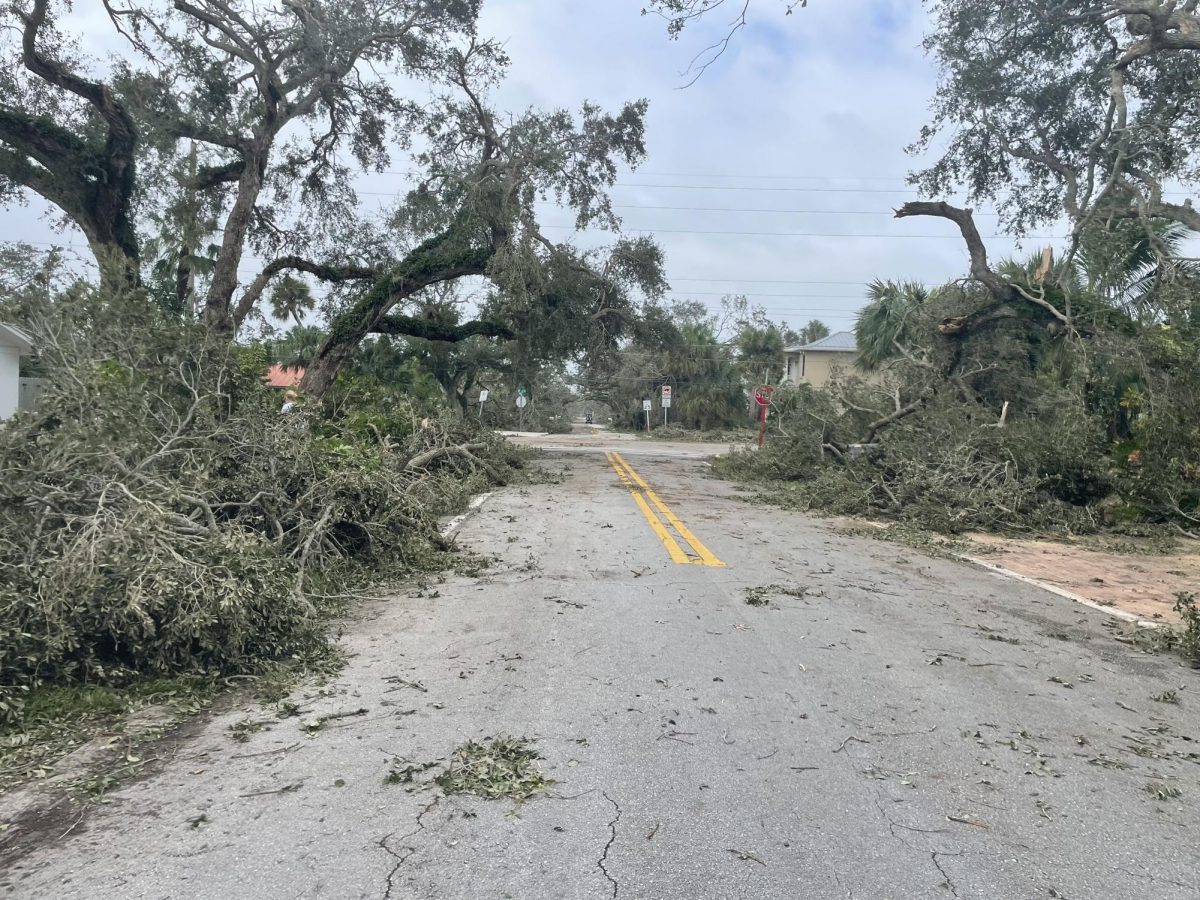On Wednesday, Oct. 9, Hurricane Milton made landfall in Western Florida, flooding homes and falling trees all across the gulf coast. Residents in Central and Eastern Florida, however, were facing slightly different problems.
According to journalists Evan Bush and Kathryn Prociv of NBC News, the historic Hurricane Milton resulted in 124 issued tornado warnings and more than 30 confirmed tornadoes across Florida, leading to five of the 17 total deaths reportedly caused by the storm. Florida is hit on average, by around 60 tornadoes a year, meaning that in one day, Florida experienced half of its average quota of these kinds of storms. The hurricane also spawned one of the strongest tornadoes in Florida’s history.
“Although tornadoes are common when hurricanes make landfall, most are on the weaker end of the spectrum; less than 1% of tornadoes associated with landfalling tropical systems have been rated EF-3 or stronger,” NBC News said, referring to tornadoes with wind speeds of 136-160 miles per hour. “This year, by contrast, four out of five hurricanes that made landfall in the U.S. produced EF-3-intensity tornadoes. From 1995 through 2023, just five tornadoes produced by tropical storms were rated that high.”
Saint Lucie may have seen the worst of the damage, with at least nine tornadoes causing damage in the county and three of them touching down in less than 25 minutes. St. Lucie also accounts for the five deaths caused by the extreme weather, which occurred after a tornado tore through a retirement community.
Part of the reason for the unusual number of tornadoes caused by Milton could be a result of the distance that thunderstorms traveled from the hurricane itself.
“That outer storm band ended up isolated and without interference from other systems — those were the thunderstorms that spawned tornadoes,” NBC News said.
However, research has also suggested that these increases in tornadoes spawned by hurricanes could be caused by climate change. Warmer conditions can lead to stronger and more devastating tornadoes, and if Earth continues to heat in the next century, they could get much, much worse.
“In a study published in June, researchers modeled hurricanes Ivan, Katrina, Rita and Harvey in a warmer, future climate,” NBC News said. “Their results indicated that the number of potentially tornadic storms produced by tropical cyclones could increase between 56% to 299% by mid-century, assuming the pace of fossil fuel pollution remains steady.”


